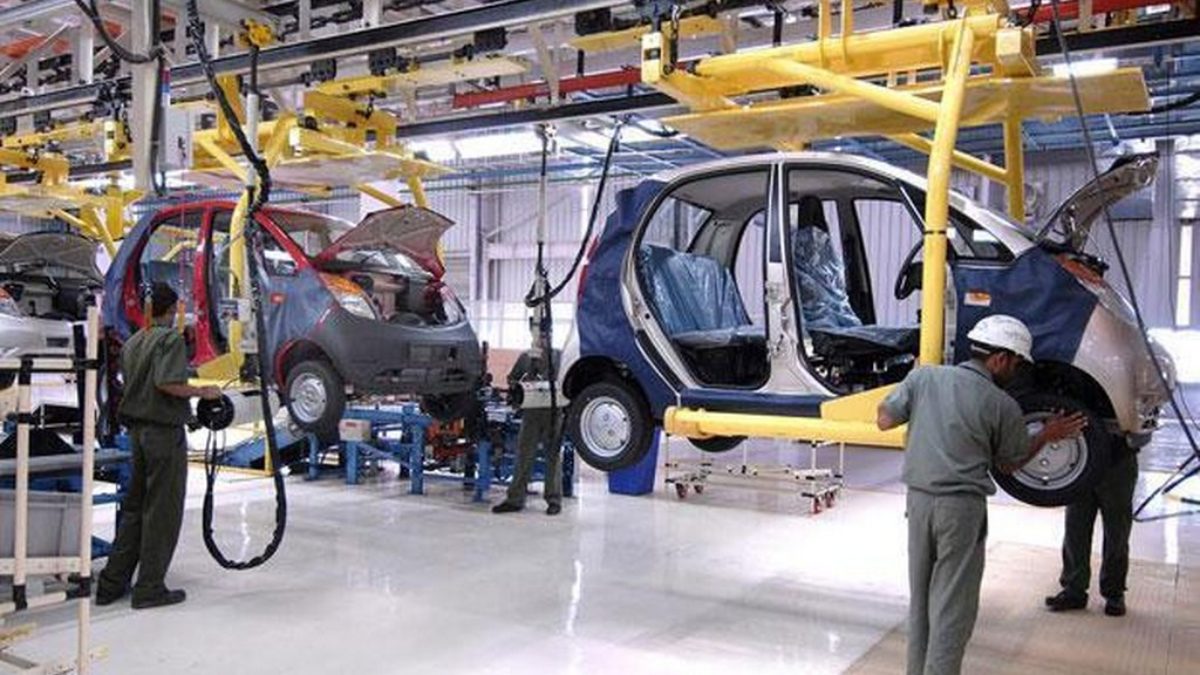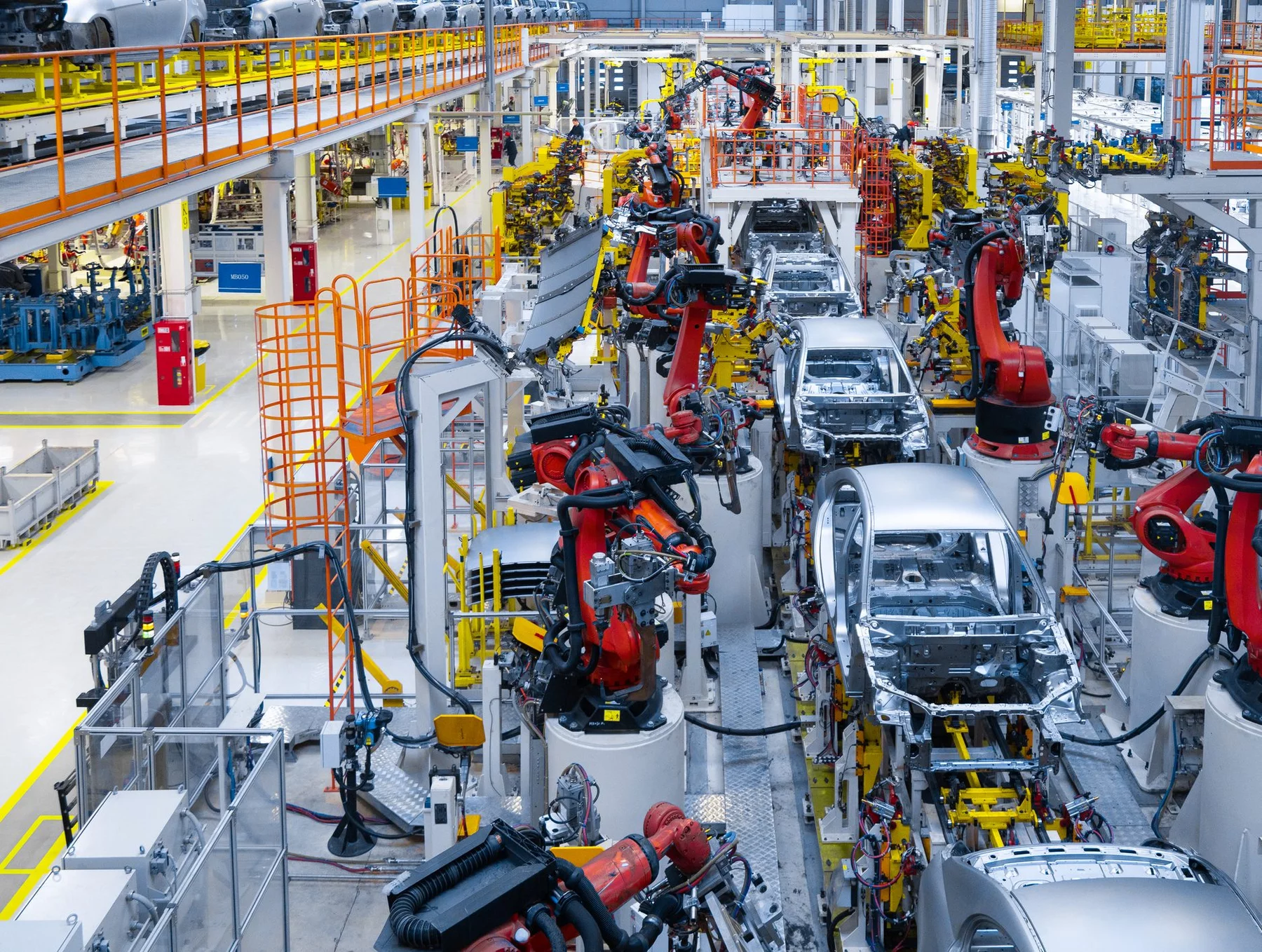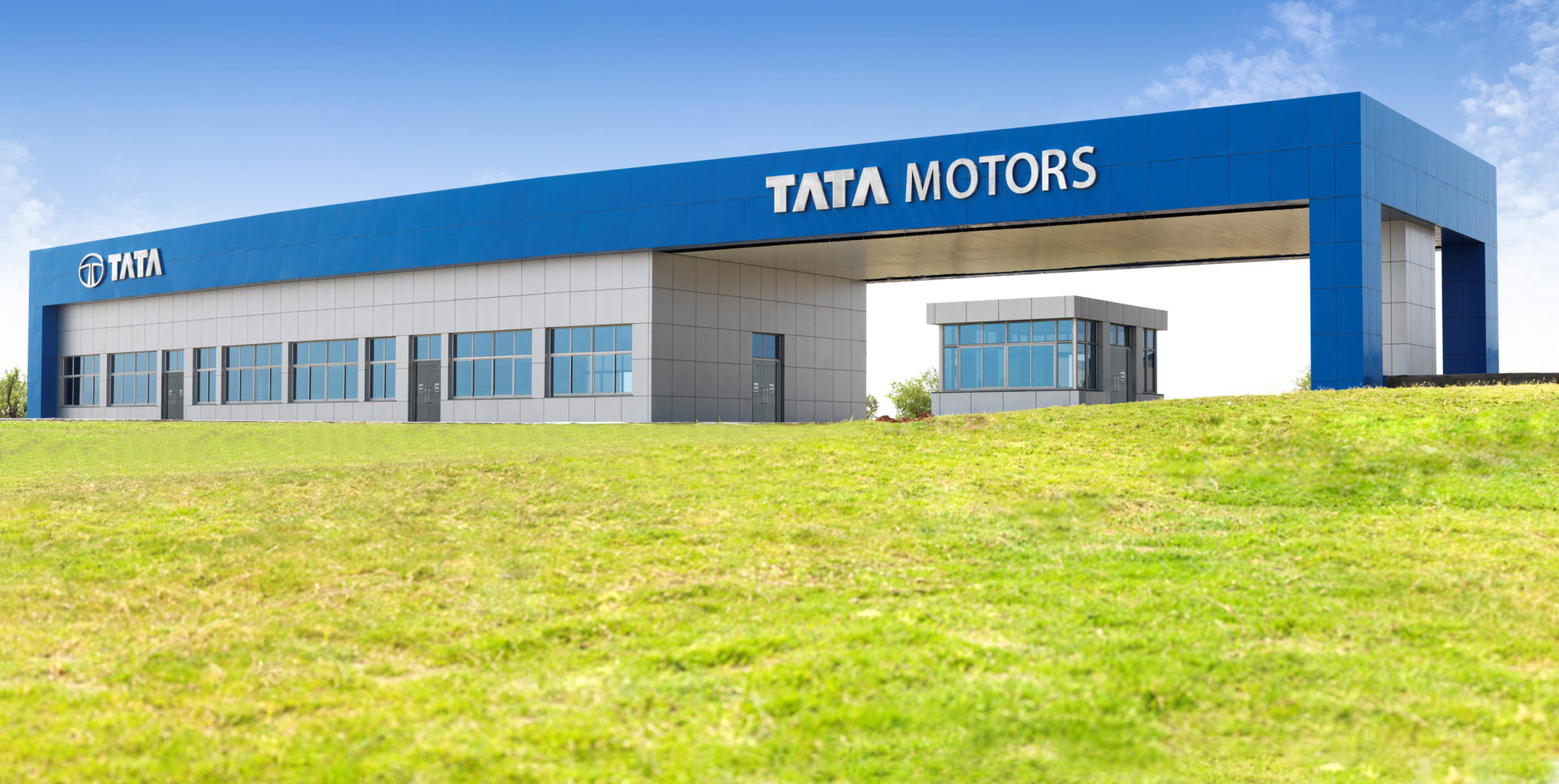Tata Motors: India Business Leads; JLR Sees Strong 29% YoY Volume Growth

Tata Motors: India Business Leads; JLR Sees Strong 29% YoY Volume Growth
Tata Motors, one of the behemoths in the global automotive sector, has seen a remarkable resurgence in recent times, especially in its India business. Notably, its luxury subsidiary, Jaguar Land Rover (JLR), too has registered an impressive 29% year-on-year (YoY) growth in wholesale volume.
Tata Motors has, over the past few years, put a significant emphasis on consumer insights and feedback. This has led to the creation of vehicles that resonate with the evolving preferences of the Indian consumers, striking a balance between style, performance, and affordability.
JLR’s (Jaguar Land Rover) wholesale volumes, excluding the China joint venture, saw a strong gain of 29% year over year and a strong 4% quarter over quarter increase, hitting 96.8k units, above the anticipated 92.5k units.
In the first half of the fiscal year 2024 (1HFY24), wholesale growth was significant, increasing by 29% year over year and totaling 190.1k units.
The press statement omitted a thorough comparison of wholesale costs for Jaguar and Land Rover. Even with the customary two-week summer closure, wholesales outperformed forecasts, which shows that supply-side limitations are progressively easing.
Retail sales grew significantly in the second quarter of the fiscal year, soaring by 21% year over year and an astonishing 35% quarter over quarter to reach 106.6k units. Retail sales totaled 208.5k units for the first half of fiscal year 2024 (1HFY24), a 25% increase.

The order book, which was 185k units in Q1 and 168k units in Q2FY24, however, shrank by 17k units. The rise in order fulfilment was blamed for this drop. 77% of the orders were for Range Rover, Range Rover Sport, and Defender vehicles.
Free cash flow (FCF) for the second quarter reportedly exceeded £300 million. The management initially predicted that 2Q FCF would be little less than the £451 million amount from the 1Q results conference.
We have updated our 2QFY24 revenue, Ebitda, and PAT projections for JLR to £7.2 billion, £1.1 billion, and £287 million, respectively, from our earlier expectations of £6.9 billion, £1 billion, and $236 million due to JLR’s better-than-expected 2Q wholesale volumes.
Our projections for consolidated revenue, Ebitda, and PAT for the second quarter of fiscal year 24 have been increased to Rs 1,077.5 billion, Rs 137.1 billion, and Rs 33.4 billion, respectively.
The three business divisions of Tata Motors are now in varied states of recovery. While the passenger vehicle (PV) industry in India is experiencing a structural recovery, the commercial vehicle (CV) industry is set for a cyclical comeback.
Due to a good product mix, Jaguar Land Rover (JLR) is likewise seeing a cyclical comeback. Nevertheless, supply-side difficulties may potentially impede this recovery.

The JLR business is not projected to provide any immediate catalysts, but the India business, which accounts for around 50% of the SoTP, is anticipated to continue its upward trend.
The launch of models such as the Nexon, Altroz, and Harrier have been pivotal in refreshing the brand’s image in the Indian market. These models, offering premium features at competitive price points, have been instrumental in attracting a younger demographic to the brand.
Tata Motors’ push into the electric vehicle (EV) segment with models like the Nexon EV, has established the brand as a frontrunner in India’s nascent EV market. The government’s push towards EVs, coupled with Tata’s early adoption, has allowed the company to carve a niche for itself.
Strengthened dealer relationships, revamped service centers, and a focus on improving the overall customer experience post-purchase have further elevated Tata Motors’ standing in the Indian market.
JLR’s volume growth can be attributed to its strong performance in the Chinese market. The increasing demand for luxury vehicles in China and JLR’s strategic positioning in this market has contributed significantly to its growth.
JLR has consistently updated its portfolio, with new iterations of the Range Rover, Jaguar XF, and the F-PACE. The introduction of more efficient and cleaner Ingenium engines, as well as electric and hybrid models, has made JLR products more attractive to a wider audience.
Under its ‘Project Charge’ initiative, JLR has been laser-focused on improving operational efficiencies, reducing costs, and enhancing cash flows. This has not only helped the brand sustain its operations but has also allowed for greater investments in R&D.

With the I-PACE, JLR marked its foray into the electric vehicle segment. Recognizing the global shift towards EVs, JLR’s investment in this direction has started bearing fruit, further solidifying its position in the premium EV segment.
Tata Motors’ remarkable performance in the Indian market and JLR’s global volume growth is a testament to the company’s adaptive strategies and its ability to anticipate and meet market demands.

By aligning itself with global automotive trends, such as the push towards electric vehicles, and understanding the specific needs of the Indian consumer, Tata Motors is poised for continued success in the foreseeable future. The robust growth numbers only underscore the brand’s resilience and its ability to reinvent itself in a dynamic market environment.



